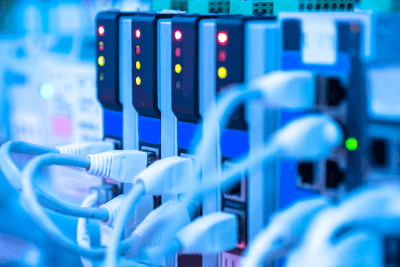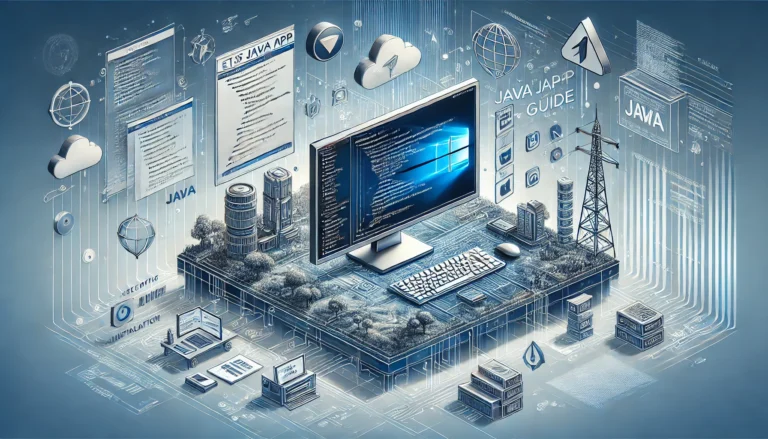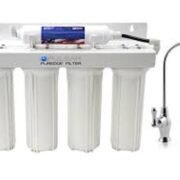As technology continues to become integrated into nearly every facet of life in this digital era, so does the need for protection on electrical systems. This, first and foremost has a series of Surge Protection Devices (SPDs) located in the headwaters to defend sensitive electronic equipment against power surges and transient voltage spikes. Current technology in SPD (Surge Protection Devices) focuses on enhancing the protection of sensitive electronic systems by utilizing smart sensors. This demand is only going to increase as our society continues its reliance on complex digital systems both in industry and within the home, but luckily the technology to meet these demands has been evolving alongside them.
Understanding Surge Protection Devices (SPDs)
Surge protection devices (SPD) technology are purposely designed to protect electrical equipment from voltage spikes by diverting surplus current and preventing constraints of the circuitry connected equipments. Modern electronics devices are highly susceptible to destroy due any power spikes, which may occur by lightening strikes or may happen at his when local refuse load shedding.
Even minor surges, if repeated often enough, can eventually damage the delicate electronics of your equipment. SPDs serve as a protection barrier, guarding how much voltage electrical systems forward to equipment and guaranteeing innocent life.
The Digital Age’s Demand for SPD Innovation
Smart homes, IoT (Internet of Things) devices and interconnected industrial systems have boomed in growth rapidly complicating matters for power protection. But also more subtle and frequent variations of voltage induced by renewable energy sources integration as well as complex electronic controls.
They mix this power with traditional sources such as solar, wind and other renewables to create the modern electrical infrastructure. More sustainable as these energy systems might be, they also introduce variability that can threaten the stability of electrical grids. They are help not only evolve larger grid systems but also protect an increasing number of crucial electronic devices connected through these complex backbones.

Key Advancements in SPD Technology
New advancements in SPD technology have helped to reduce response time while increasing accuracy, durability and survivability of surge protection so electrical systems remain robust even through constant change. Some key innovations include:
- Smart SPDs: In addition to providing surge suppression, Smart SPDs incorporate robust sensors and communication systems that offer high-performance monitoring of electrical conditions as well as transient (surge) events in real-time. Smart SPDs are capable of offering power quality data that allows users to monitor the performance and act proactively in case any issues occur before they cause damage.
- Multi-Stage Protection: These newer SPDs utilise multi-stage protection, which means that two blocks of components protect against differing types of electrical surges from high-energy lightning strikes to lower and more frequent transients. This layered protection gives more control and security for industrial as well residential use.
- Integration with Smart Grids: Modern SPDs, in fact, are being designed to tie into today’s smart grid technology that uses sensors and software insight at the operational levels.
- Improved Durability and Lifespan: These days, better SPDs are built using improved materials and design principles to achieve greater longevity as well as repeated overvoltage robustness. Some have even evolved to include self-healing capabilities in which the device can recover after a surge event, making it virtually no need for manual reset or replacement of damaged device.
Applications in Critical Infrastructure
As cloud computing and digitization advance everywhere, replete with data centers and crucial infrastructure for everyone from hospitals to companies large or small the demand on SPDs has never been higher. In these situations, power disruptions can be disastrous from losing valuable data to the failure of life-saving medical equipment.
Surge protection is equally important in an industrial setting where machinery and automated controls require accurate electrical inputs. The consequences of electrical failure downtime can result in large financial losses, one way to prevent this from happening is by investing in SPDs: an essential investment for any operation which requires reliability and continued service.
Conclusion: Protecting the Future of Technology
This will become more important as we completely move into the digital realm, meaning using one of these advanced devices surge protection is inevitable. SPDs and the organizations that test, certify, build them into products or install for operational service play a vital role in safeguarding our increasingly connected world while ensuring technologies we depend on are reliable environmentally friendly safe. As surge protection continues to evolve, industries and homeowners alike can look forward to more advanced solutions that are capable of keeping up with new needs in our increasingly sophisticated electrical landscape.








